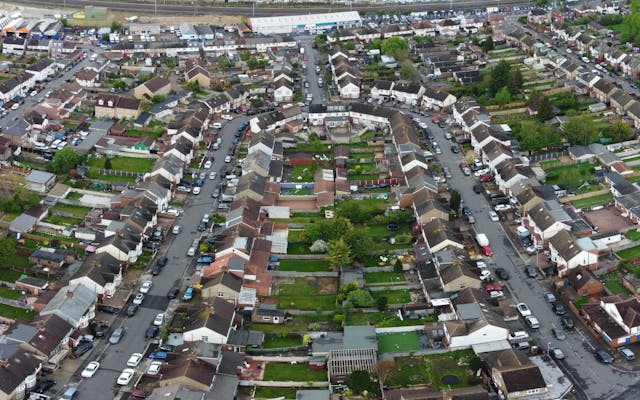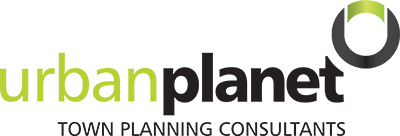Town planning, often referred to as urban planning or city planning, is a multifaceted discipline that combines elements of design, architecture, engineering, and policy-making to create functional, sustainable, and aesthetically pleasing communities. Its primary goal is to guide the development of land and infrastructure to improve the quality of life for residents while balancing economic, environmental, and social factors.

Do you need Town Planning on the Fraser Coast? Let’s Talk.
The Origins and Evolution of Town Planning
The roots of town planning can be traced back to ancient civilizations, where early city layouts often reflected both practical needs and cultural values. For instance, the grid pattern of ancient Greek cities like Miletus and the sophisticated urban design of Rome showcase early examples of organized planning. In medieval times, towns grew organically with less formal planning, influenced by geography, trade routes, and defensive needs.
However, it was during the Industrial Revolution that town planning began to take a more structured form. Rapid urbanization, driven by industrialization and population growth, led to overcrowded and unsanitary living conditions. In response, reformers and planners started to advocate for more systematic approaches to urban development. The late 19th and early 20th centuries saw the emergence of modern town planning as a professional field, with key figures such as Ebenezer Howard and his Garden City movement advocating for planned, self-contained communities surrounded by greenbelts.
Core Principles of Town Planning
Town planning is guided by several core principles aimed at creating livable and efficient urban environments:
- Land Use Zoning: Zoning involves dividing land into sections with specific uses, such as residential, commercial, industrial, and recreational. This separation helps to reduce conflicts between incompatible land uses, such as placing noisy factories away from quiet residential areas. Zoning also guides the density and type of development allowed in different areas, influencing everything from the height of buildings to the amount of green space.
- Infrastructure and Transportation: Effective town planning addresses the layout and capacity of transportation networks, including roads, public transit, and pedestrian pathways. Planners aim to create efficient transportation systems that minimize congestion, reduce travel time, and promote connectivity. This involves designing road networks, planning for public transit routes, and ensuring that infrastructure supports both current needs and future growth.
- Sustainability and Environmental Impact: Modern town planning increasingly focuses on sustainability, seeking to minimize environmental impact and enhance the resilience of communities. This includes incorporating green spaces, promoting energy-efficient buildings, and managing natural resources responsibly. Planners use tools like environmental impact assessments and sustainability indicators to guide decisions and ensure that development meets both present and future needs.
- Community and Social Equity: Ensuring that all community members have access to essential services and amenities is a key aspect of town planning. Planners work to address social inequities by designing inclusive spaces, providing affordable housing, and ensuring that facilities like schools, parks, and healthcare centers are accessible to all. Community engagement is crucial in this process, as it helps planners understand local needs and preferences.
- Economic Development: Town planning also involves fostering economic growth and stability. By creating well-planned commercial districts, business hubs, and mixed-use developments, planners can stimulate local economies, attract investment, and create jobs. Balancing economic development with other planning goals helps to create vibrant, sustainable communities.
The Role of Town Planners
Town planners, also known as urban planners, play a critical role in shaping the physical and social fabric of communities. Their responsibilities include:
- Research and Analysis: Planners conduct extensive research to understand current conditions, future trends, and community needs. This includes analyzing demographic data, land use patterns, and environmental factors.
- Policy Development: They develop policies and regulations to guide land use and development. This often involves creating comprehensive plans that outline long-term goals and strategies for growth.
- Design and Implementation: Planners work on designing layouts for new developments or redevelopments, ensuring that designs align with both regulatory requirements and community needs. They also oversee the implementation of plans, coordinating with architects, engineers, and construction teams.
- Community Engagement: Engaging with the public is a vital part of the planning process. Planners hold public meetings, surveys, and workshops to gather input and feedback from residents, ensuring that their voices are heard in decision-making processes.
- Problem-Solving: Addressing challenges such as traffic congestion, environmental degradation, and social inequality requires creative problem-solving skills. Planners develop solutions that balance competing interests and foster positive outcomes for communities.
The Future of Town Planning
The field of town planning is continuously evolving in response to changing societal needs and technological advancements. Key trends shaping the future of town planning include:
- Smart Cities: The integration of digital technology into urban infrastructure is leading to the development of smart cities. These cities use data and technology to improve services, enhance efficiency, and create more responsive environments.
- Climate Resilience: As climate change impacts become more pronounced, planners are increasingly focusing on creating resilient communities that can withstand extreme weather events and adapt to changing conditions.
- Affordable Housing: Addressing the housing affordability crisis is a growing priority. Planners are exploring innovative solutions such as mixed-income developments, alternative housing models, and policies to support affordable housing.
- Walkability and Transit-Oriented Development: There is a growing emphasis on creating walkable neighborhoods and integrating transit systems to reduce reliance on cars and promote healthier lifestyles.
In conclusion, town planning is a dynamic and interdisciplinary field dedicated to shaping the physical, social, and economic aspects of communities. By balancing various factors and incorporating input from diverse stakeholders, town planners work to create environments that enhance quality of life, promote sustainability, and address the evolving needs of urban populations. As cities and towns continue to grow and change, the role of town planning will remain crucial in guiding their development towards a more equitable, efficient, and resilient future.
People often Ask:
What is Town Planning?
Town planning, or urban planning, is the process of designing and regulating land use, infrastructure, and development in cities and communities. It aims to create functional, sustainable, and aesthetically pleasing environments by balancing factors such as residential, commercial, and recreational spaces. Town planners use zoning, infrastructure design, and policy-making to improve quality of life, promote economic growth, and ensure environmental sustainability. The field involves extensive research, community engagement, and coordination among various stakeholders to address current needs and anticipate future growth, ultimately shaping the physical and social fabric of urban areas.
What does town planning include?
Town planning includes designing and organizing land use, infrastructure, and public spaces to create functional and sustainable communities. It encompasses zoning regulations that designate areas for residential, commercial, and industrial purposes; infrastructure planning for transportation networks, utilities, and public services; and environmental considerations for green spaces and sustainability. Town planning also involves community engagement to address local needs and preferences, policy development to guide development, and the integration of economic strategies to foster growth. Planners analyze data, develop comprehensive plans, and coordinate with various stakeholders to shape the urban environment effectively and inclusively.
